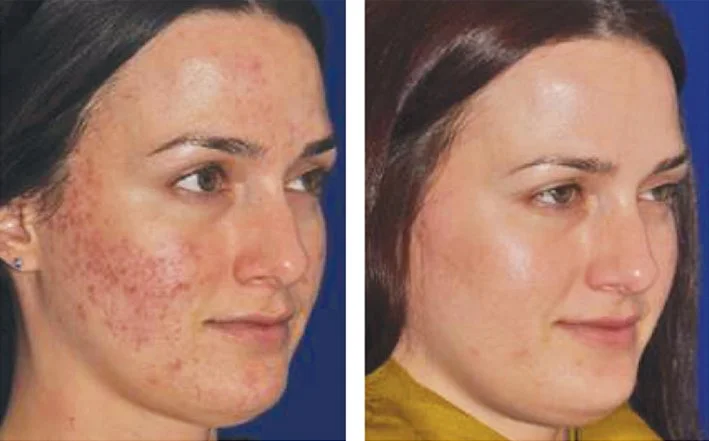Important Things You Should Know About Microneedling
Microneedling, which is also referred to as collagen induction therapy, is an effective, minimally invasive procedure for treating different types of skin conditions, including hyperpigmentation, stretch marks, wrinkles, and acne scars. By creating tiny, controlled injuries in the skin, microneedling triggers the human body’s natural healing processes, thereby boosting the production of elastin and collagen, which are vital for skin firmness and elasticity.
Areas Commonly Treated with Microneedling
Microneedling treatment is often used on the face. It may also be used for stretch marks and scarring elsewhere on the human body. One research found microneedling productive for the abdominal area and thighs when combined with fillers.
How Much Does Microneedling Cost?
The cost of a microneedling procedure ranges from $250 to $850 per session, depending on factors such as the type of treatment, the provider's expertise, and the clinic's location. You may also pay as little as $100 for a light session. Some clinics might offer payment plans or financing to help make treatments more budget‑friendly. Microneedling often needs periodic touch-up sessions as part of a long-term maintenance strategy.
Microneedling Treatment
Are There Any Side Effects or Risks Associated with Microneedling?
Like all cosmetic treatments, microneedling involves some minor side effects. A common risk is mild skin irritation after the procedure. You might also experience redness for some time. Some people may experience side effects that require moderate medical treatment, such as peeling, infection and bruising. Microneedling treatment may not be appropriate for you if you:
Have a history of skin scarring
Have undergone radiation therapy recently
Have active acne or open wounds
Have particular skin conditions like eczema or psoriasis
Pregnant women may need clearance from a gynecologist or obstetrician before treatment.
Preparing for Microneedling Treatment
Before the treatment, you may have to discontinue certain medicines, such as ibuprofen and Accutane (used for acne). You may also be recommended to avoid using agents, which might increase the skin’s sensitivity, before microneedling. This may include exfoliants and topical retinoids.
Microneedling Procedure
The doctor usually puts a topical anesthetic on the treatment area 30 minutes to 1 hour before the procedure. This would numb the skin during the process that takes around 30 minutes. During the microneedling session, a practitioner uses a pen‑style device fitted with tiny, sterilized needles to make small, precise pricks underneath the skin’s surface.
The pinpricks are so small that you won’t be able to notice them. The practitioner moves the device evenly across the skin so that the rejuvenated skin gets smooth and even. The session concludes with the application of a calming treatment or growth serum.
What to Anticipate After Microneedling?
The procedure is not invasive when compared with plastic surgery. The recovery time associated with microneedling is minimal. Most people need minimum downtime, if any at all. You may experience mild redness and skin irritation for a few days after the procedure. This experience is considered a natural response to the moderate pinpricks made in the skin. If you feel comfortable, you can easily return to work or college once the microneedling session is over. It is advisable to allow your skin to heal before applying any makeup.
Microneedling Procedure
As the skin will be more sensitive to sunlight after treatment, it is better to apply sunscreen to prevent skin damage. Dermatologists generally recommend waiting one week before exposing your skin to harsh chemicals or sunlight. After microneedling, the skin begins to rejuvenate new tissue quickly. You may need multiple microneedling sessions to sustain the results.
Microneedling Aftercare Tips
Since the micro-channels in the skin remain open and sensitive after the procedure, it is advisable to keep yourself away from the following during the first few days of recovery:
Sweating
Makeup
Skincare products that have retinol and alpha-hydroxy acids.
Sun exposure
You could help the skin heal after a microneedling procedure by:
Using collagen-stimulating peptides
Remaining hydrated
Using a cooling face mask
Using an antioxidant serum
Conclusion:
Microneedling: your fast track to naturally healthy and radiant skin. For best results, visit FAM Medical Aesthetics for your microneedling in Kingston, Ontario. Experts at FAM Medical Aesthetics utilize ultra-fine needles to stimulate collagen and elastin production, thereby reducing acne scars, shrinking pores, and smoothing fine lines for a youthful, blemish-free appearance. For more details, contact FAM Medical Aesthetics to schedule your required microneedling treatment in Kingston, Ontario, and experience the best microneedling treatment available.



